Creating a space for your furry friend to play and explore is one of the most rewarding aspects of pet ownership. Cats are naturally curious creatures, and providing them with an environment that enriches their lives can make them happier and healthier. One way to achieve this is by building a DIY cat tunnel. It’s not just a fun project for you, but it also offers a stimulating play area for your cat. This article will guide you through the process, ensuring an enjoyable experience for both you and your feline companion.
Understanding Your Cat’s Needs

Before diving into the construction of a cat tunnel, it’s crucial to understand what your cat needs. Cats thrive on exploration and adventure. They love to hide, pounce, and chase, mimicking their natural hunting instincts. A tunnel can provide them with these opportunities, making it an excellent addition to their play area. Consider your cat’s size, age, and activity level when planning your tunnel. Kittens may require smaller tunnels, while larger cats need something more spacious.
Choosing the Right Materials
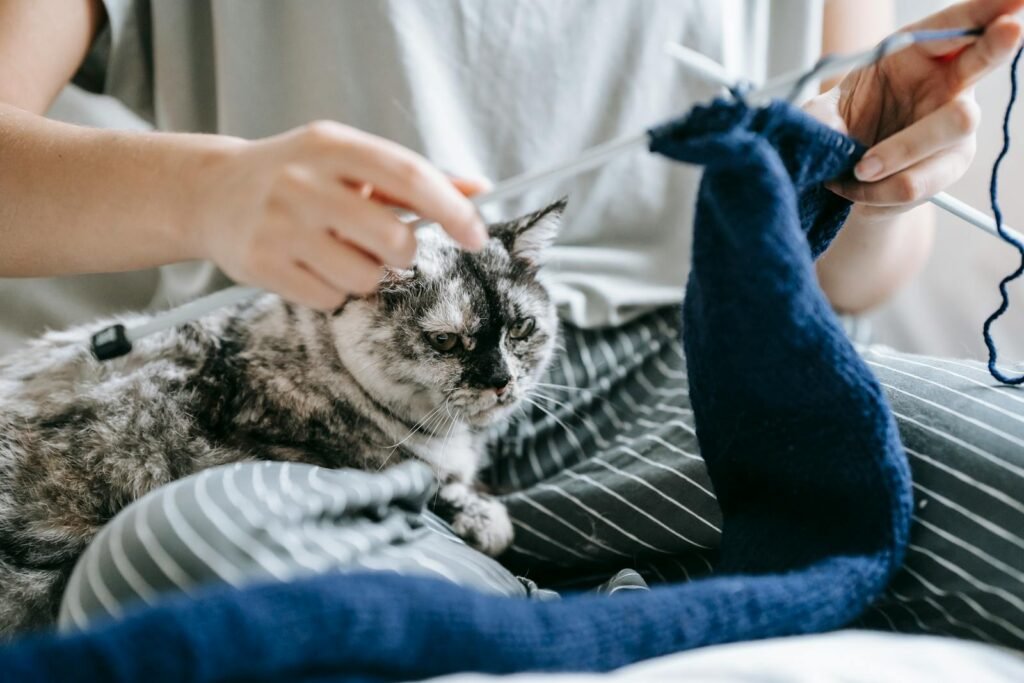
The materials you choose for your DIY cat tunnel will significantly affect its durability and safety. Opt for materials that are sturdy yet safe for your pet. Cardboard, PVC pipes, and durable fabric are popular choices. Cardboard is easy to work with and replace, while PVC pipes offer a more permanent solution. If you choose fabric, ensure it’s non-toxic and machine washable. Always prioritize your cat’s safety by avoiding sharp edges and small pieces that could be swallowed.
Designing the Tunnel Layout
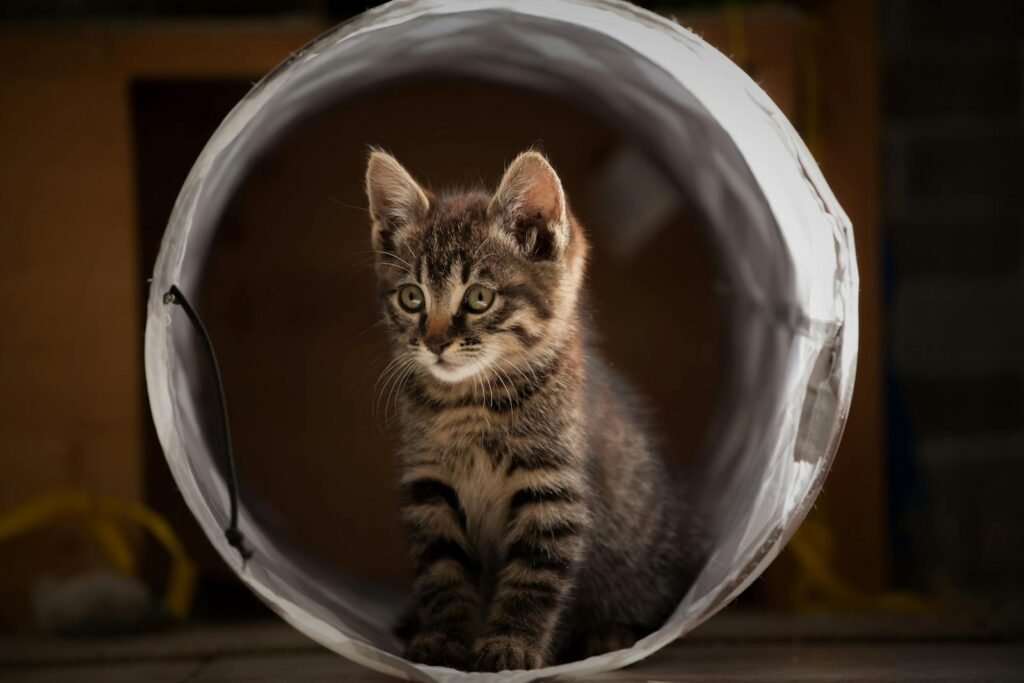
Designing the layout of your cat tunnel is where creativity comes into play. Consider the space you have available and how you can best utilize it. A simple straight tunnel might be sufficient for smaller areas, while larger spaces can accommodate more complex designs with multiple turns and exits. Think about incorporating interactive elements like hanging toys or scratch pads to keep your cat engaged. The design should cater to your cat’s preferences and your home environment.
Constructing the Tunnel
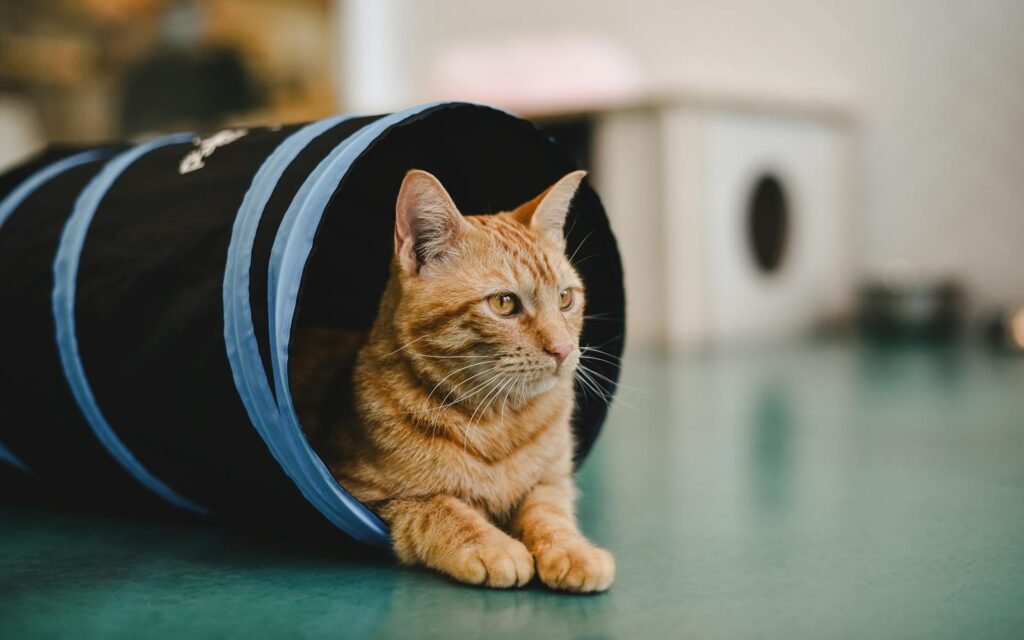
Once you have your materials and design ready, it’s time to start building. If you’re using cardboard, you can easily cut and tape pieces together to form a tunnel. For PVC pipes, you’ll need connectors to join sections securely. If you’re using fabric, sewing or using a strong adhesive can work well. Ensure all parts are securely fastened and check for any potential hazards like sharp edges. A sturdy construction will ensure the tunnel’s longevity and safety.
Adding Personal Touches
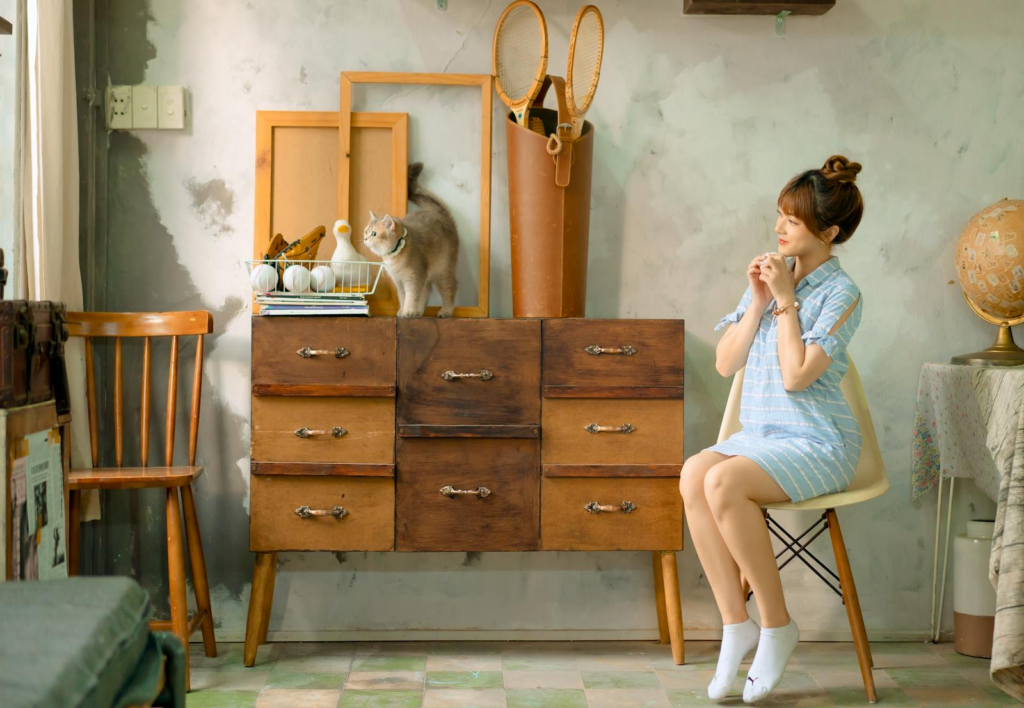
Personalizing your cat tunnel can make it more appealing to both you and your pet. Consider decorating the exterior with paint or fabric that matches your home décor. You might want to add your cat’s name or some playful patterns. Inside the tunnel, you can attach soft bedding or cushions to make it a cozy retreat. Adding your personal touch makes the tunnel a unique addition to your home and a special place for your feline friend.
Encouraging Your Cat to Explore
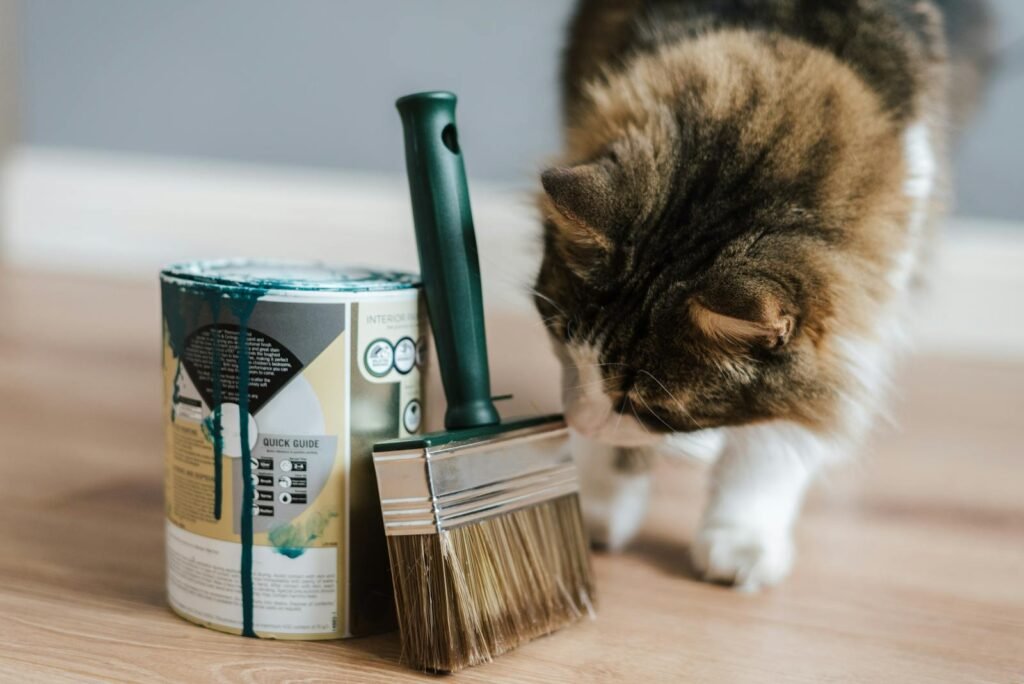
Introducing your cat to their new tunnel may require some encouragement. Cats can be cautious with new objects, so give them time to get used to it. You can entice them by placing their favorite toys or treats inside the tunnel. Some cats may be more inclined to explore if they see you playing with the tunnel first. Be patient, as each cat is different, and they will explore in their own time and way.
Ensuring Safety and Maintenance
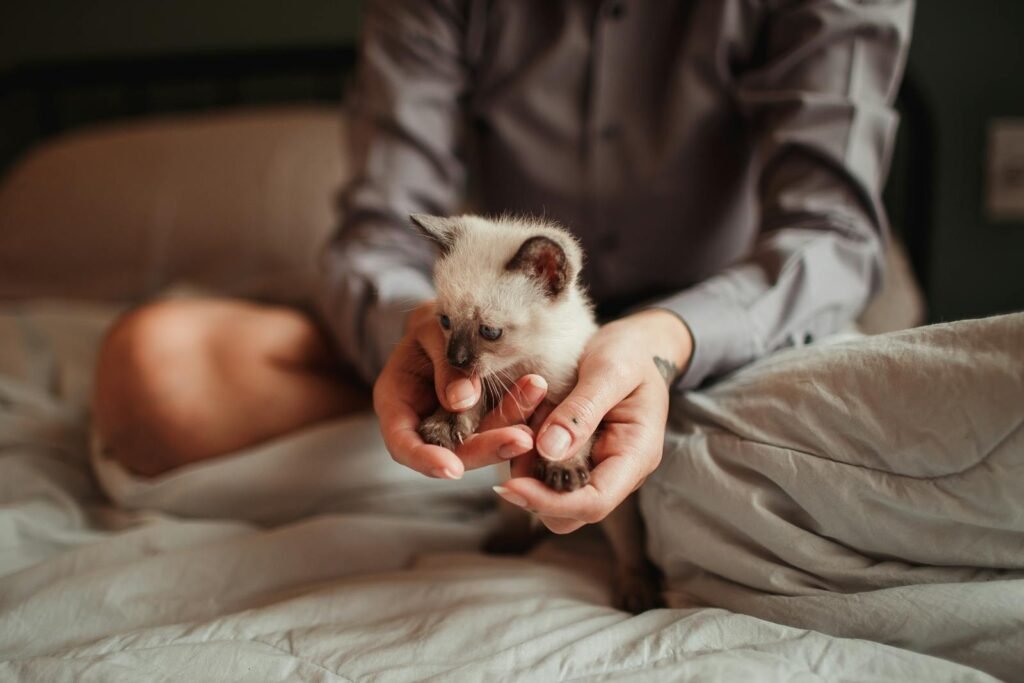
Safety should always be your top priority when creating a play area for your pet. Regularly inspect the tunnel for any damage or wear and tear. Replace or repair any parts that may pose a risk to your cat. Clean the tunnel periodically to keep it hygienic, especially if it’s made of fabric. A well-maintained tunnel will provide a safe and enjoyable environment for your cat to play in.
Understanding the Benefits
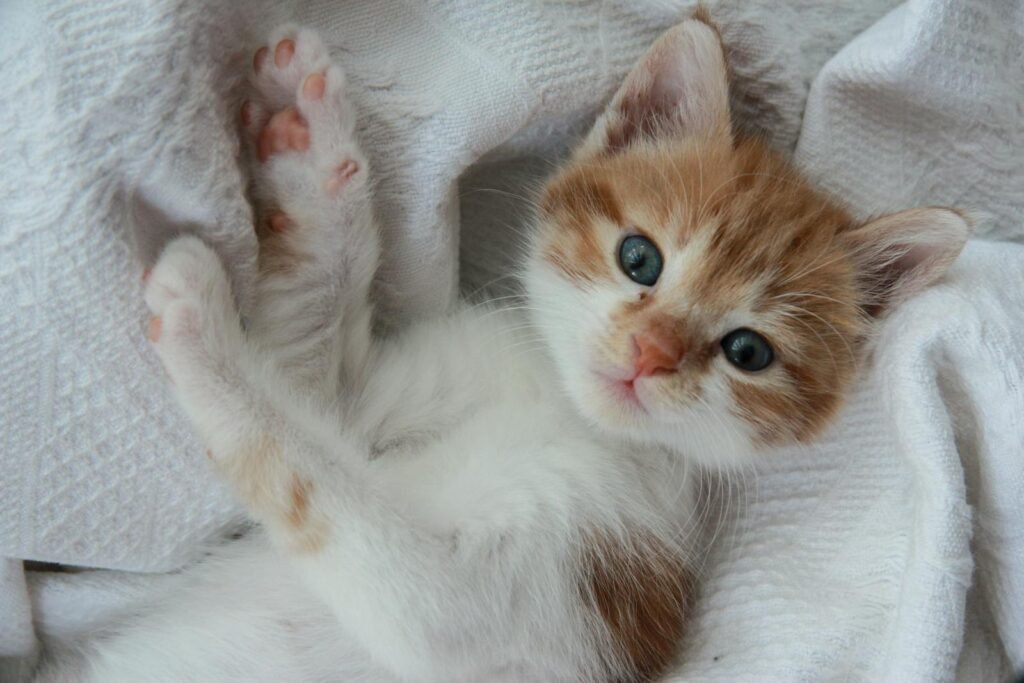
Building a DIY cat tunnel offers numerous benefits beyond play and exploration. It can help reduce stress and anxiety, providing a safe space for your cat to retreat to. Physical activity within the tunnel can aid in weight management and improve your cat’s overall health. Additionally, the mental stimulation from playing in the tunnel can prevent boredom and destructive behavior. It’s a simple yet effective way to enhance your cat’s quality of life.
Exploring Other DIY Projects
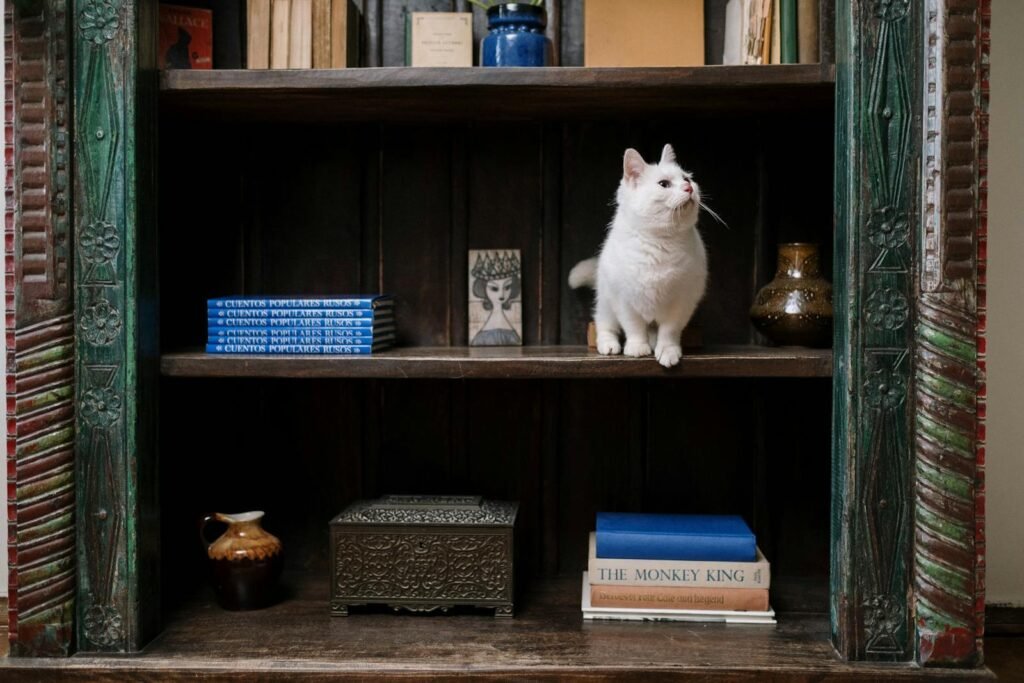
Creating a cat tunnel might inspire you to explore other DIY projects for your feline friend. Consider building a scratching post, a cat tree, or even a window perch. These projects can further enrich your cat’s environment and strengthen the bond between you and your pet. DIY projects are not only cost-effective but also allow you to tailor pet accessories to your specific needs and preferences. Embrace the creativity and enjoy the process of creating a fun and engaging space for your cat.
In conclusion, building a DIY cat tunnel is a rewarding project that offers endless fun and exploration for your feline friend. By understanding your cat’s needs and carefully planning and constructing the tunnel, you can create a safe and stimulating environment that enhances your cat’s life. Get started today and watch your cat discover the joys of their new tunnel adventure.

Linnea is a born and bred Swede but spends as much time as possible in Cape Town, South Africa. This is mainly due to Cape Town’s extraordinary scenery, wildlife, and atmosphere (in other words, because Cape Town is heaven on earth.) That being said, Sweden’s majestic forests forever hold a special place in her heart. Linnea spends as much time as she can close to the ocean collecting sea shells or in the park admiring puppies.






